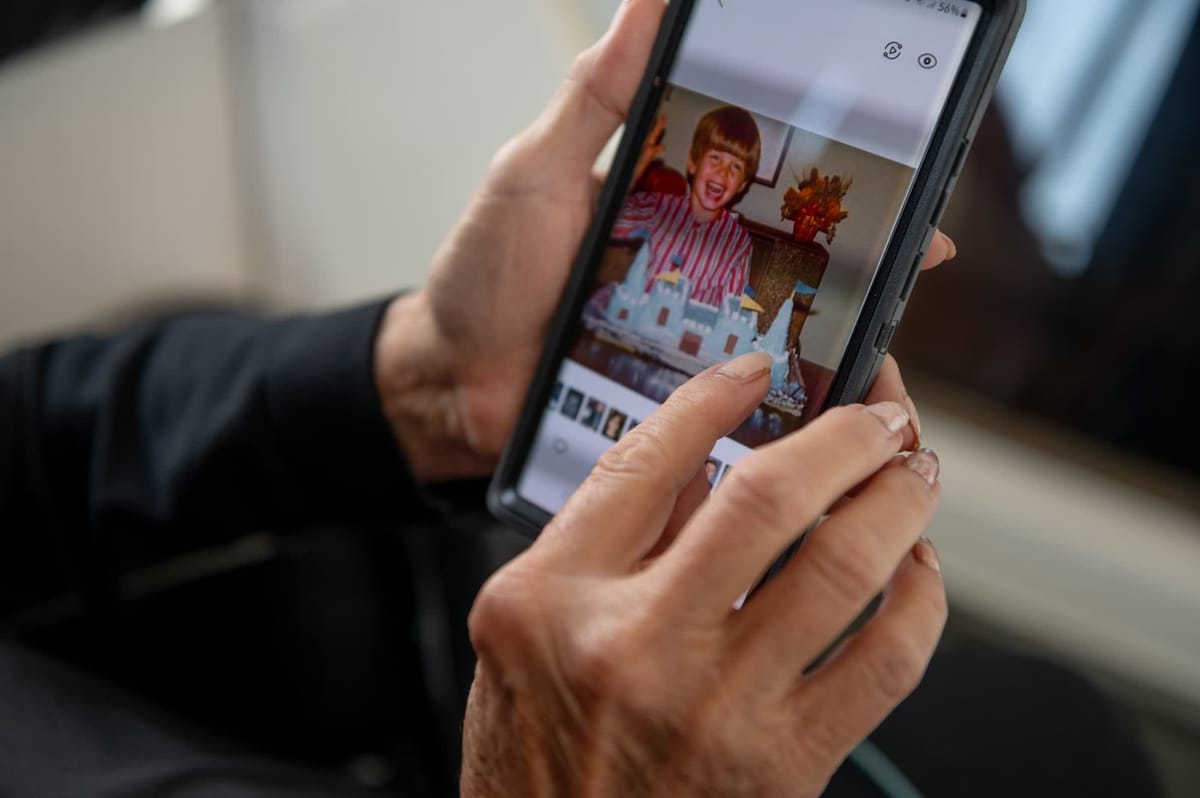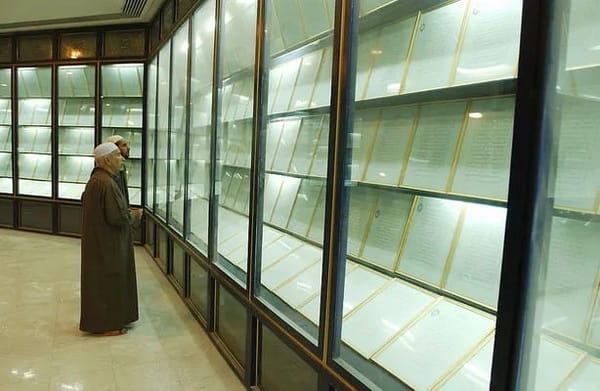Iowa boy's disappearance 41 years ago remains a mystery

From Thomas Lake for CNN: "Johnny Gosch left home for the last time on a warm Sunday in late summer, in the pale morning light before sunrise. Just before 6 a.m., a neighbor heard a wagon rattling through the yard and figured it was Johnny taking his usual shortcut on his way to pick up his newspapers. A boy saw a blue car pull up, and saw Johnny talking to a stranger. What happened in the next few minutes would resonate for the next four decades, far beyond the rolling green hills of Iowa. Johnny would become a tragic abstraction, a face on a milk carton, a story that warned other kids away from paper routes and changed the way police handled missing-children cases."
This language was long believed extinct but then one man spoke up

From Natalie Alcoba for the NYT: "As a boy, Blas Omar Jaime spent many afternoons learning about his ancestors. His mother, Ederlinda Miguelina Yelón, passed along the knowledge she had stored in Chaná, a throaty language spoken by barely moving the lips or tongue. The Chaná are an Indigenous people in Argentina and Uruguay whose lives were intertwined with the mighty Paraná River, the second longest in South America. Ms. Miguelina Yelón urged her son to protect their stories by keeping them secret. So it was not until decades later that he made a startling discovery: No one else seemed to speak Chaná. Scholars had long considered the language extinct."
He spent his life building a $1 million stereo but the real cost was much higher

From Geoff Edgers for the Washington Post: "Ken Fritz was years into his quest to build the world’s greatest stereo when he realized it would take more than just gear. It would take more than the Krell amplifiers and the Ampex reel-to-reel. More than the trio of 10-foot speakers he envisioned crafting by hand. And it would take more than what would come to be the crown jewel of his entire system: the $50,000 custom record player, his “Frankentable,” nestled in a 1,500-pound base designed to thwart any needle-jarring vibrations. He later estimated he spent $1 million on his mission, a number that did not begin to reflect the wear and tear on the household, the hidden costs of his children’s unpaid labor."
Editor's note: If you like this newsletter, please share it with someone else. It is free to read – but if you could spare a small donation through my Patreon, I would be honoured.
I’m an ultrarunner, but Taylor Swift’s workout just about wrecked me

From Zoë Rom for Outside magazine: "Taylor Swift released her training regimen for the Eras Tour, her three-and-a-half-hour stadium extravaganza, and the running internet went wild. Swift said she began training for the tour six months before the first show, saying, “Every day I would run on the treadmill, singing the entire set list out loud. Fast for fast songs, and a jog or a fast walk for slow songs.” That’s three and a half hours on a treadmill, singing the entire time. Swift said that she would also increase the incline for songs that required more movement during the show. Keep in mind that during the actual show, she’s romping around in sparkly boots with three-inch heels."
Inside the abandoned apartments above New York City's public libraries

From Sarah Laskow for Atlas Obscura: "There used to be parties in the apartments on the top floors of New York City’s branch libraries. On other nights, when the libraries were closed, the kids who lived there might sit reading alone among the books or roll around on the wooden library carts—if they weren’t dusting the shelves or shoveling coal. Their hopscotch courts were on the roof. A cat might sneak down the stairs to investigate the library patrons. Andrew Carnegie had given New York $5.2 million to create a city-wide system of library branches, and these buildings were heated by coal. Each had a custodian, who was tasked with keeping those fires burning and who lived in the library."
Bees can sense the electric field that surrounds a flower
From Ed Yong for National Geographic: "A bumblebee visits a flower, drawn in by the bright colours, the patterns on the petals, and the aromatic promise of sweet nectar. But there’s more to pollination than sight and smell. There is also electricity in the air.Dominic Clarke and Heather Whitney from the University of Bristol have shown that bumblebees can sense the electric field that surrounds a flower. They can even learn to distinguish between fields produced by different floral shapes, or use them to work out whether a flower has been recently visited by other bees. Flowers aren’t just visual spectacles and smelly beacons. They’re also electric billboards."
The man who first wore a top hat in public almost started a riot
15 January 1797. The first top hat was worn in public by John Hetherington, a London haberdasher. His appearance on the street caused a huge commotion. He was charged with “breaching the peace and incitement to riot” and had to pay a bond promising future good behaviour. pic.twitter.com/BQRCsXzqSv
— Prof. Frank McDonough (@FXMC1957) January 15, 2024
Acknowledgements: I find a lot of these links myself, but I also get some from other newsletters that I rely on as "serendipty engines," such as The Morning News from Rosecrans Baldwin and Andrew Womack, Dan Lewis's Now I Know, Robert Cottrell and Caroline Crampton's The Browser, Clive Thompson's Linkfest, Noah Brier and Colin Nagy's Why Is This Interesting, Maria Popova's The Marginalian, Sheehan Quirke AKA The Cultural Tutor, the Smithsonian magazine, and JSTOR Daily. If you come across something interesting that you think should be included here, please feel free to email me.



